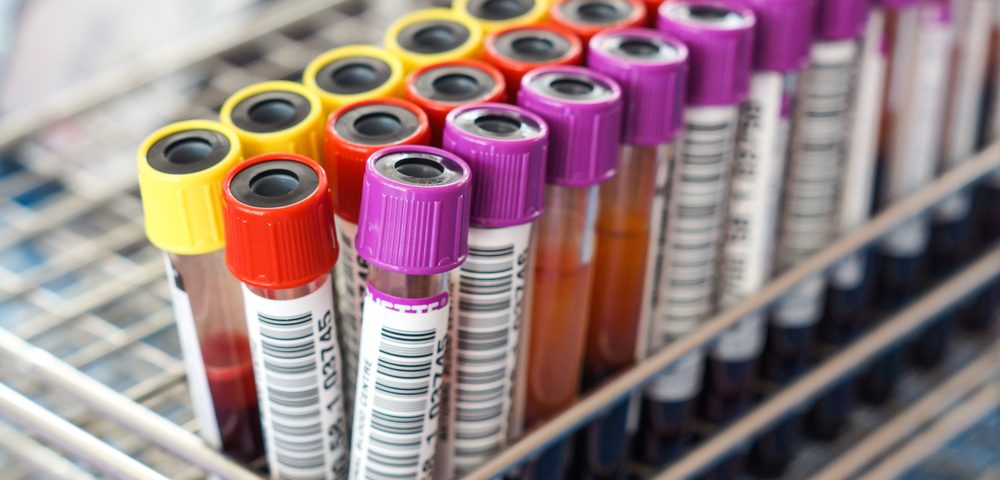Examining tiny components known as vesicles that cancer cells release into the bloodstream could lead to a simple blood test for cancer, according to a study.
Such a test could eliminate the invasive and risky diagnostic procedures doctors must use with some cancers.
The study, “Phosphoproteins in extracellular vesicles as candidate markers for breast cancer,” was published in the Proceedings of the National Academy of Sciences (PNAS).
Protein phosphorylation, or the addition of a phosphate group to a protein, is a regulatory mechanism that controls nearly all facets of cell functioning, including cancer-cell functioning.
Scientists have long seen phosphorylated proteins as possible cancer biomarkers. But enzymes in blood that remove phosphate groups from the proteins have made it difficult to identify phosphorylated proteins in blood.
Researchers hypothesized that vesicles that cancer cells release into the bloodstream — including microvesicles and exosomes — could be used to monitor levels of such proteins. Vesicles are bubble-like structures consisting of fluid encased in a membrane.
While all cells release vesicles, cancer cell-derived vesicles have some of the same characteristics of cancer cells, including mutations, active microRNAs, and signaling molecules. These characteristics can have metastatic properties — that is, they can help spread the cancer.
Because vesicles are membrane-encapsulated, their insides are protected from external enzymes, such as the phosphatases that remove phosphate groups.
W. Andy Tao, a professor of biochemistry at the Purdue University Center, and his team examined 5-year-old blood samples from 30 breast cancer patients and six healthy controls. They found nearly 2,400 phosphorylated proteins in vesicles released into the blood samples, 144 of which were at significantly higher levels in cancer patients.
“Extracellular vesicles, which include exosomes and microvesicles, are membrane-encapsulated. They are stable, which is important,” Tao said in a press release. “The samples we used were 5 years old, and we were still able to identify phosphoproteins, suggesting this is a viable method for identifying disease biomarkers.”
The findings suggest that a simple blood test could be used to identify cancer patients, allowing them to skip more invasive procedures. The method could also allow doctors to monitor a patient’s response to therapy, determining when more aggressive treatments are required.
Tao is planning to use vesicles to measure phosphorylated proteins in other cancers. If he finds a pattern of phosphorylated proteins in each cancer type, doctors will be able to tell which cancer a patient has with one blood test.

